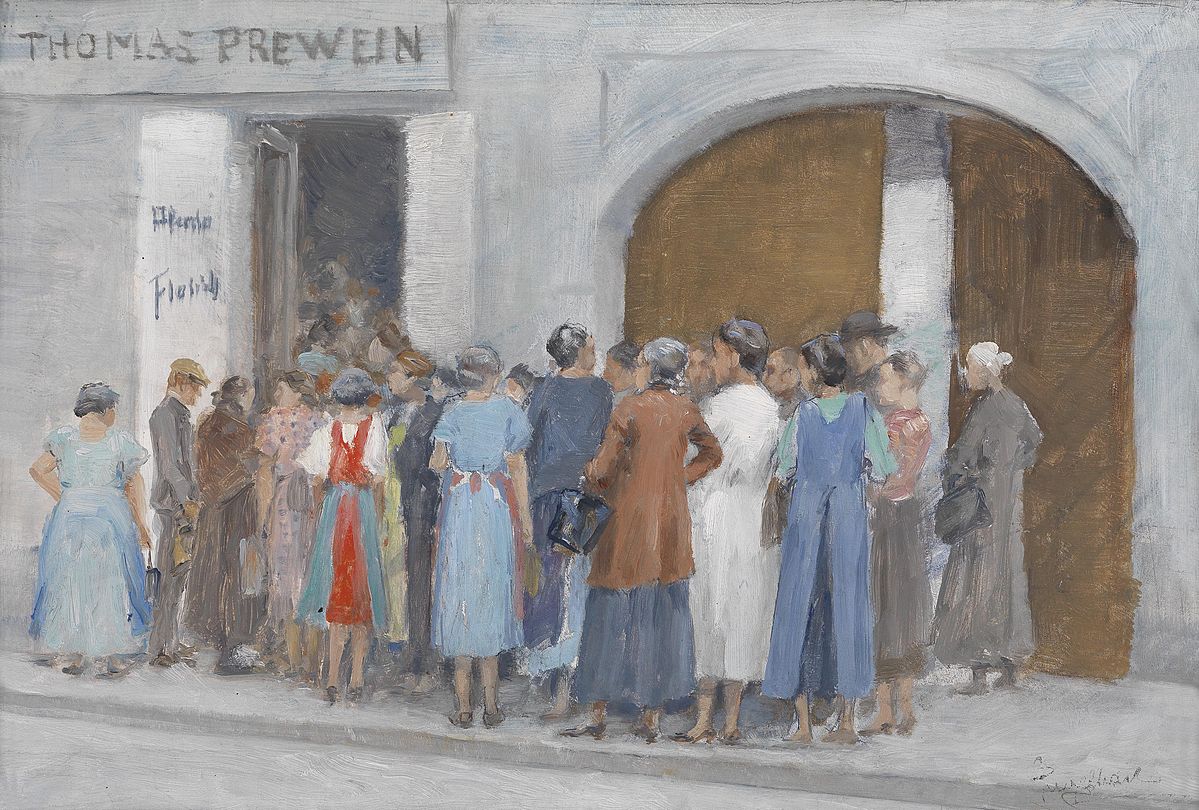The Surprising Benefit of Long Queues for Customers and Business
This is one of our free-to-access content pieces. To gain access to all Ideas for Leaders content please Log In Here or if you are not already a Subscriber then Subscribe Here.

The accepted wisdom is that long lines are bad for business. In fact, they can be very good for business, as long as they are not too long. Research shows that long lines help customers learn what’s worth waiting for, and help businesses attract uninformed customers.
For most consumers, waiting in a long queue is a frustrating experience. There is nothing to be gained from standing in a slow line at the grocery store or waiting endlessly on the phone as a call centre automated voice intones again and again that “your call is important to us.”
Most consumers don’t realize, however, that they will sometimes seek out queues. The empty restaurant syndrome is one example. Perhaps you’ve looked through the plate glass window of a restaurant, seen mostly empty tables, and decided to move on to the next restaurant in your search for a meal. On the other hand, that restaurant over there with the people waiting seems popular… The underlying psychology of empty restaurant syndrome is simple: if so few people come to this restaurant, it must not be good. The dynamic is based on uninformed consumers (e.g. you, first-time visitors to a city) taken their cues from informed consumers (the residents of the city who know which restaurants are good).
At the same time, there is no doubt that consumers also avoid long lines even in these situations: if there is a 45-minute wait for a table, diners may go elsewhere.
In short, waiting in a queue is a cost that is incurred by the consumer. However, because a queue also increases the perceived quality or value of a product, the value can be perceived as greater than the waiting cost (the quality of the restaurant is worth the wait). The result: a ‘herding effect’ where many consumers attract even more consumers.
Researchers Mirko Kremer and Laurens Debo investigated the impact of this herding effect through two controlled laboratory experiments. These experiments involving numerous rounds of simulated shopping expeditions in which the various factors — e.g. the value of the product, whether or not consumers were informed about price or value, the number of informed consumers, and the amount of wait times — where randomly manipulated. The experiments led to some interesting results:
The impact of queues described above is a vicious circle. Even if you have a high-quality product, if you cannot galvanize enough consumers to start using the product, you may never generate the momentum to build a sustainable business for that product.
How can a business spark its own herding phenomenon? One obvious and not very sophisticated response is to create an artificial queue. For example, one mobile phone operator in the U.K. attempted to build excitement around a new cell phone by having employees line up outside its shops. The idea is not without merit, although it must be carefully executed: in this case, real consumers were quick to uncover the ‘plants’, leading to an embarrassing exposure in the press.
Another approach, which must also be carefully executed, is to launch marketing programs with ‘worth the wait’ themes. This may seem counterintuitive to companies taught to emphasize the attributes of ‘easier’ and ‘faster’. However, knowing that there is a wait for a product might intrigue potential customers to investigate further.
Another idea: loss leader strategies are usually intended to entice customers into stores and then persuade them to buy more than the original low-priced product that first attracted them. These strategies, however, could be used to simply fill the store.
The bottom line: the empty restaurant syndrome is real. If business is slow and looks slow to potential customers, don’t expect it to pick up on its own. Do something, or risk the vicious circle of nobody patronizing your business because nobody patronizes your business.

Ideas for Leaders is a free-to-access site. If you enjoy our content and find it valuable, please consider subscribing to our Developing Leaders Quarterly publication, this presents academic, business and consultant perspectives on leadership issues either as a digital subscription, or better still in a beautifully produced, small volume delivered to your desk four times a year.

For the less than the price of a coffee a week you can read over 650 summaries of research that cost universities over $1 billion to produce.
Use our Ideas to:
Speak to us on how else you can leverage this content to benefit your organization. info@ideasforleaders.com